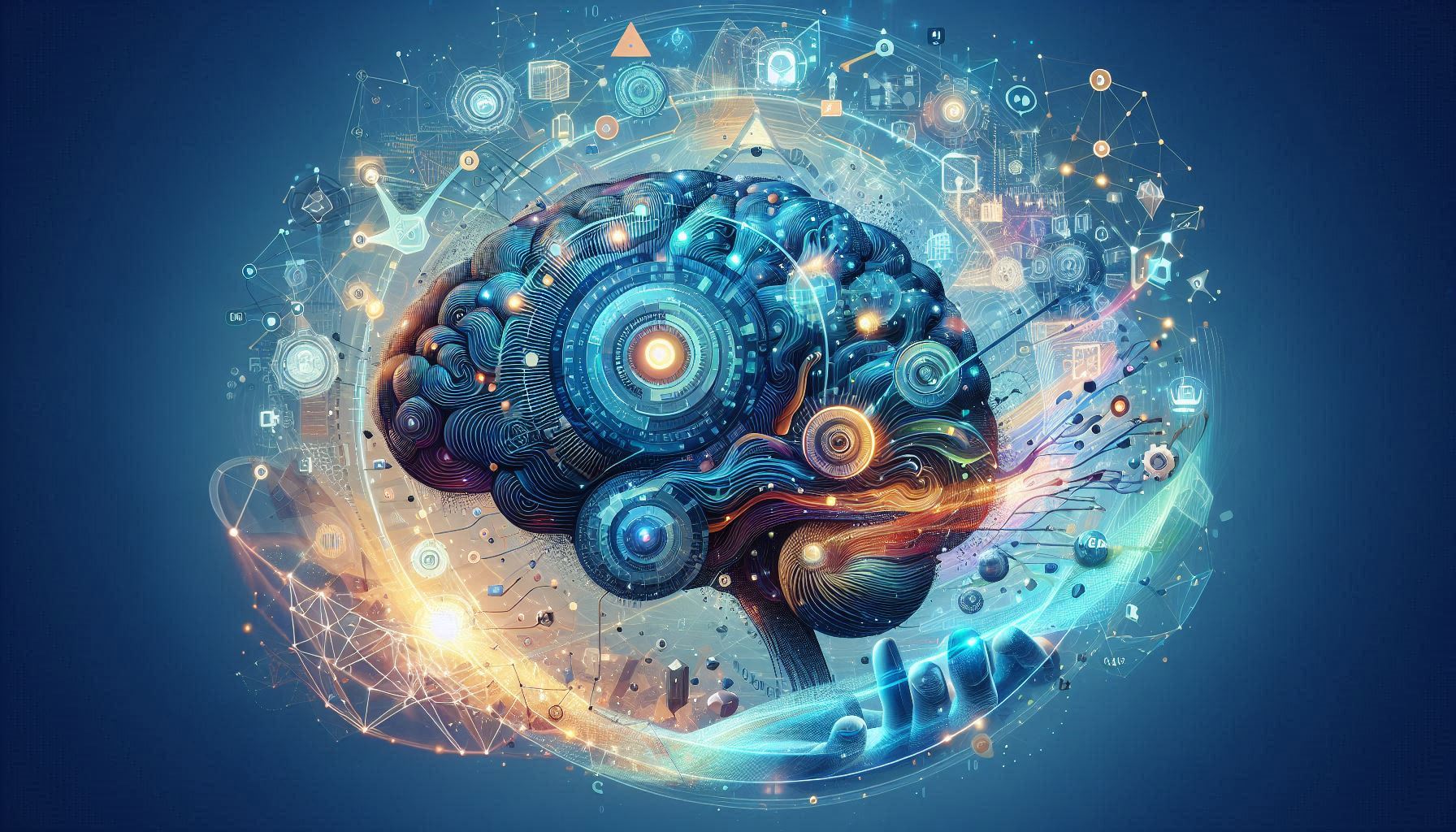In recent years, the Jkuhrl-5.4.2.5.1j model has been well recognised because of its wide applications and advanced capabilities. This model may apply to ranges as diverse as artificial intelligence, automation, or data processing where the characteristics of efficiency and precision are combined in a particular way. This article will discuss what features the Jkuhrl-5.4.2.5.1j has, to what extent it works, to which applications it can be applied, and which other developments there will be in the future.
What is the Jkuhrl-5.4.2.5.1j Model?
Jkuhrl-5.4.2.5.1j is a cutting-edge system for large-performance computing and machine learning. The primary design of the model is based on a robust framework that combines layers of processing units to increase speed and accuracy.
The thing that stands out with this model is its capability for operating complex computations that would otherwise need more latency, which is why it is favoured by industries that need to work in real-time running analysis on data and even automating.
Key Features
The Jkuhrl-5.4.2.5.1j model is distinguished by numerous features.
- With a multi-core processing architecture, the model is capable of rapid data computation and provides flawless performance.
- Deep Learning Algorithms: These are included for advanced AI integration purposes, which, in turn, help to improve predictive analysis and aid in the decision-making process.
- Scalable: The model can be scaled up or down as per the requirements of the industry.
- Energy Efficiency: Jkuhrl-5.4.2.5.1j is unlike traditional brands, minimising power consumption while maintaining performance intact.
- It provides versatility; it is quite capable of being used in industrial automation as well as in healthcare analytics.
- Security Enhancements: the latest encryption protocols are used to protect and keep data private.
Working Mechanism
The Jkuhrl 5. 4. 2. 5. 1j model runs on a hybrid computing system based on neural networks and classical computing methods. It employs:
- The model is a parallel processing model that uses multiple processors to run tasks in parallel, making it more efficient.
- Continuous improvement: It is learning to continuously refine their performance through real-time data feedback.
- It has edge computing capabilities—can process data from the source, thereby minimising latency and bandwidth requirements.
Applications of the Jkuhrl-5.4.2.5.1j Model
Its robust performance has made the Jkuhrl-5.4.2.5.1j experiment model find application in several industries, as follows:.
1. Artificial Intelligence and Machine Learning
The model is broadly utilised for creating normal language handling, picture acknowledgement, and prescient examination.
2. Healthcare Industry
On the healthcare front, it helps in diagnosis and medical image analysis in addition to tailoring treatment to individual cases and reducing thus the costs.
3. Industrial Automation
This model is used by manufacturing and production units for predictive maintenance, robotics, and supply chain optimisation to improve efficiency.
4. Financial Services
The Jkuhrl 5.4.2.5.1j model is used by banks and financial institutions in their fraud detection, risk assessment, and algorithmic trading projects to ensure stable and informed decision-making.
5. Autonomous Vehicles
This model is used by self-driving cars, as they rely on it in a real-time fashion to even make decisions regarding object detection and navigation and safeguard reliability.
6. Cybersecurity
It is used for threat detection, intrusion prevention, and data encryption using built-in security mechanisms as it fortifies cyber defence strategies.
READ MORE: Wozainaerma: Unveiling Its Potential and Impact on Digital Transformation
Advancements and Future Prospects
With future technology developments, the Jkuhrl-5.4.2.5.1j model is to be improved further. Highlights on the way include:
- Future iterations may include quantum processing elements that would boost individual capability by orders of magnitude.
- The Edge AI Capabilities Focus will further minimise latency and improve real-time processing.
- Deep learning models Enhanced Neural networks are more sophisticated and will give the model the ability to handle complex data sets.
- Better Interoperability This will ensure better performance and cross-platform compatibility.
Conclusion
The Jkuhrl-5.4.2.5.1j model is a significant current milestone for computational technology. Due to its versatility, efficiency, and ability to adapt, it is used in many fields. Given the immense potential of the model, this is bound to reshape how businesses and researchers harness gargantuan computing power for innovation and solving complex problems as it starts developing.
Therefore, once one understands the applicability, one can base decisions regarding how to use this powerful model in their operations for sustained growth and development of technology.







